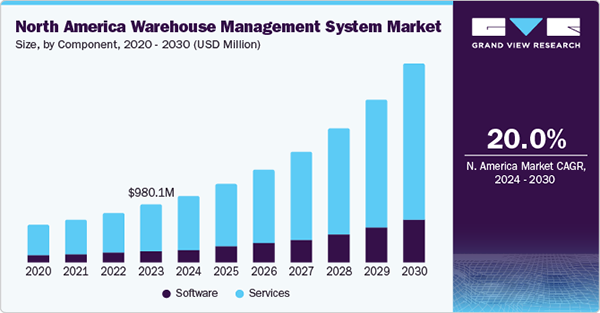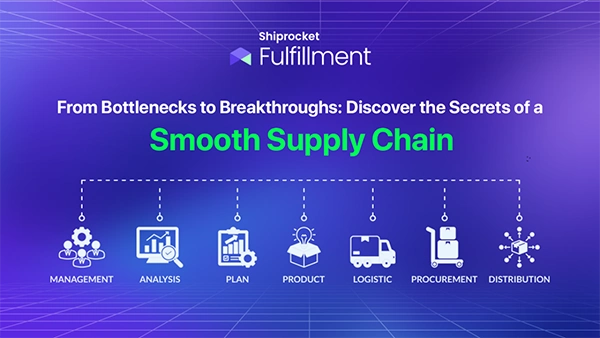With an annual CAGR of 20% in North America alone, Warehouse Management Software was valued at more than 3 Billion USD in 2023. Here is the report by Grand View Research that justifies the statement.

But why are they in such a huge demand? Well, Oracle WMS takes responsibility along with various factors to ensure smooth supply chain operations.
Whereas, Oracle WMS testing makes sure that the system can work at its fullest. In case there is any flaw, inconvenience, or fault in the system, WMS testing can point it to your attention.
We’ll discuss this topic in detail with you. Keep reading this write-up till the end.
Irrespective of the size of the enterprise, most of them use tools like ERP, TMS, YMS, etc. WMS takes responsibility for integrating them well with each other. With their proper integration, it becomes easier to establish a smooth supply chain.
But, what are the benefits that you get by integrating Oracle WMS with this software? Here are some of them:
It’s a no-brainer that companies are evolving rapidly with the help of modern tech. The more these tech are advancing, businesses are capable of procuring higher customer demands. Hence, WMS is no longer a luxury but a need for businesses.
The secret behind this is that with WMS testing, any flaw or fault is detected at an early stage, hence, making it better to mitigate potential risk. And since these risks are mitigated at an advanced stage, it results in better and more efficient operations.
Your emergency funds can be spent better since early detection of faults can deter further loss of assets. If you want to enjoy further advantages, you can train the model by introducing feedback loops and optimizing the area of improvement.
First, let us address what are some risks associated with the WMS updates:
These are not the only risks. There are other factors as well that you might need to look for. However, what’s their solution, then? Consider reading below:
Just like this, WMS testing keeps up with the updates and mitigates risk.

With all the practices mentioned above, smooth operations come along. However, scalability and optimization demand something more. That is:
These are not the only tests that are part of the process. Including them, there are numerous other tests as well.
The majority of WMS providers not only focus on their functionality but also on ease of use. Hence, these service providers also focus on having a positive user experience. Here’s how WMS testing contributes to these goals:
Ending the discussion, WMS testing or Warehouse Management System testing is all about testing out the whole infrastructure to ensure a proper and smooth supply chain. Luckily, with modern advancements, Oracle testing automation is gradually making its presence in the scene.
Lastly, if you find this article helpful in any way possible, consider sharing it with your friends and family as well.
